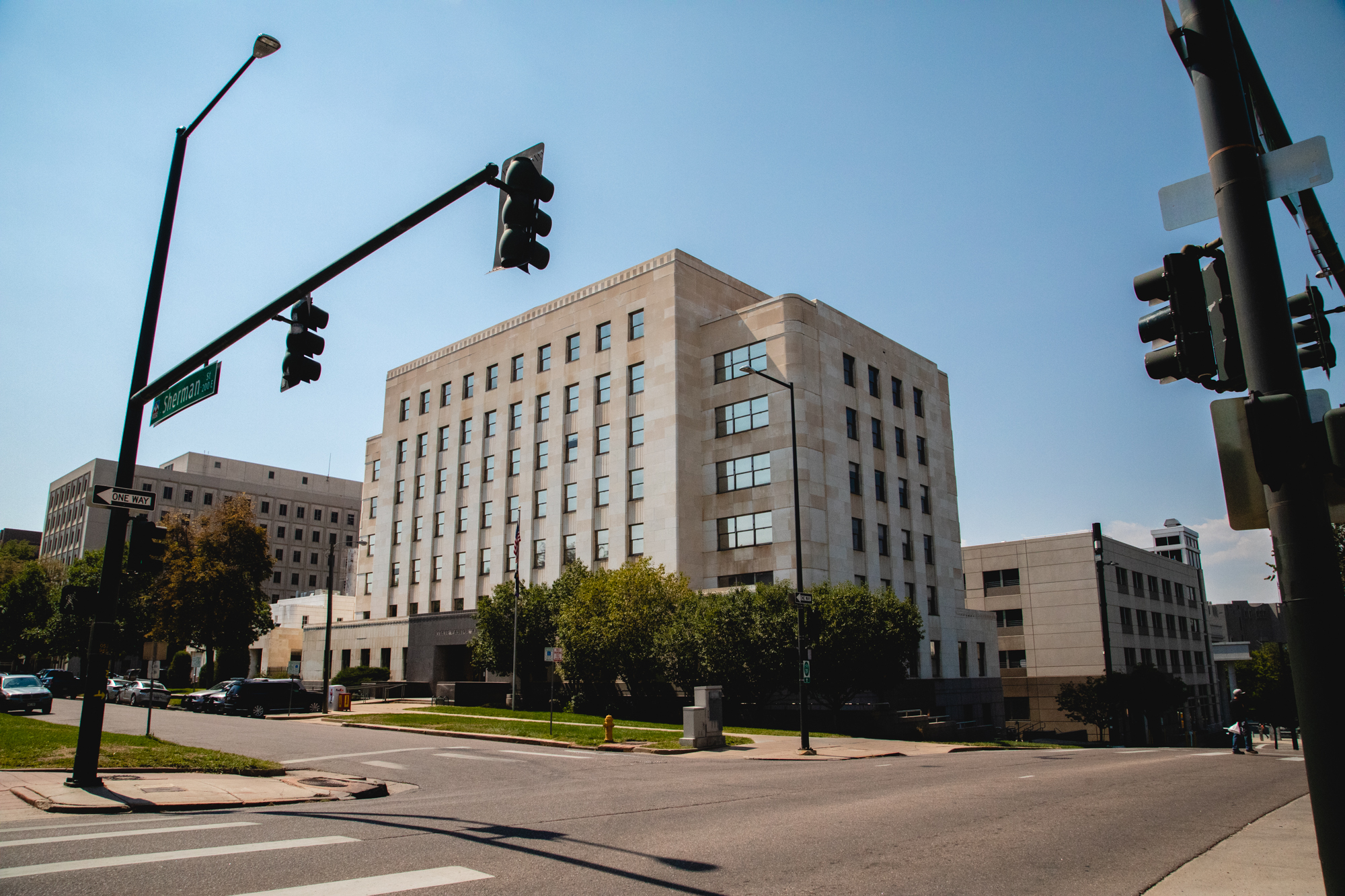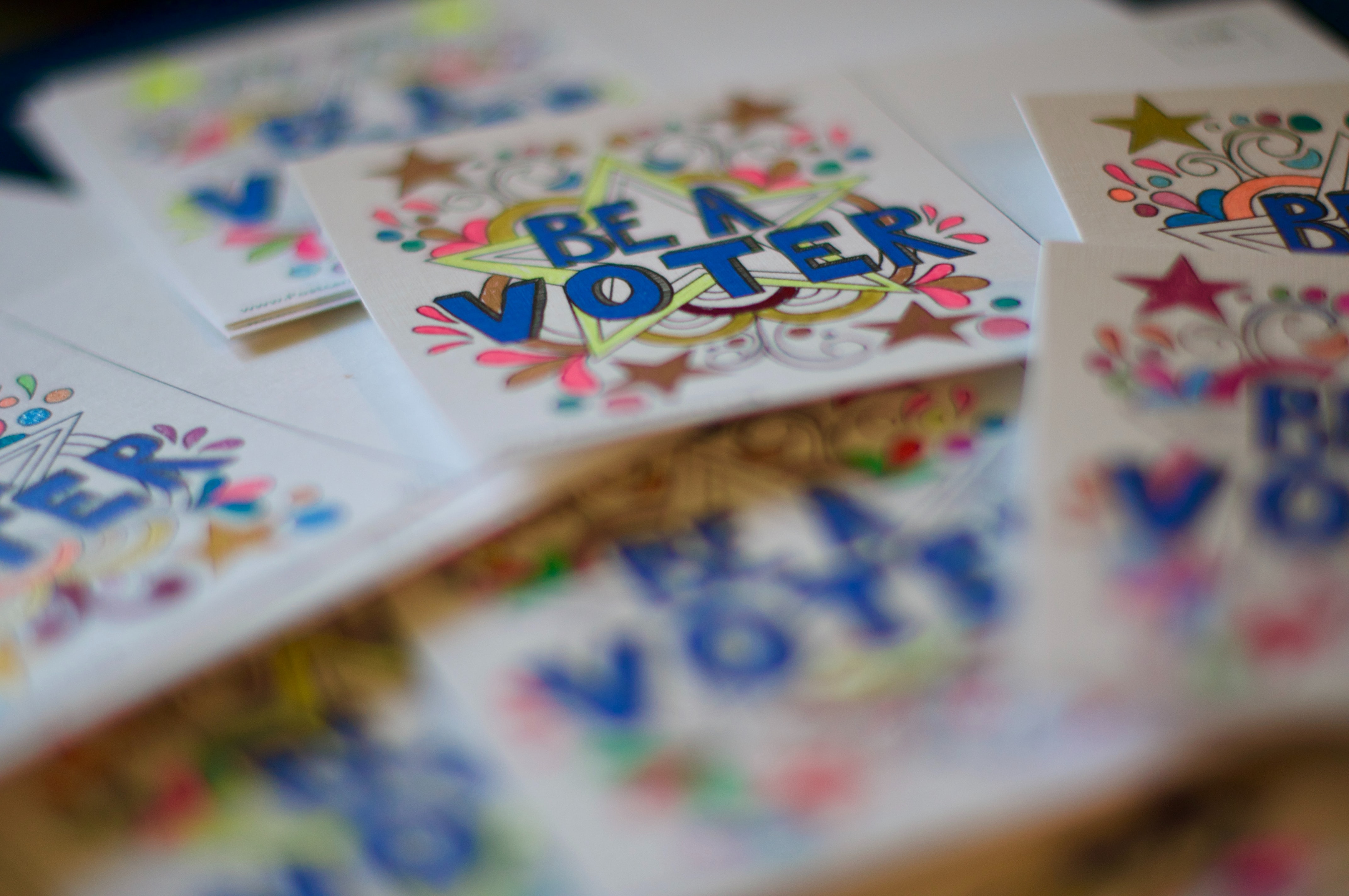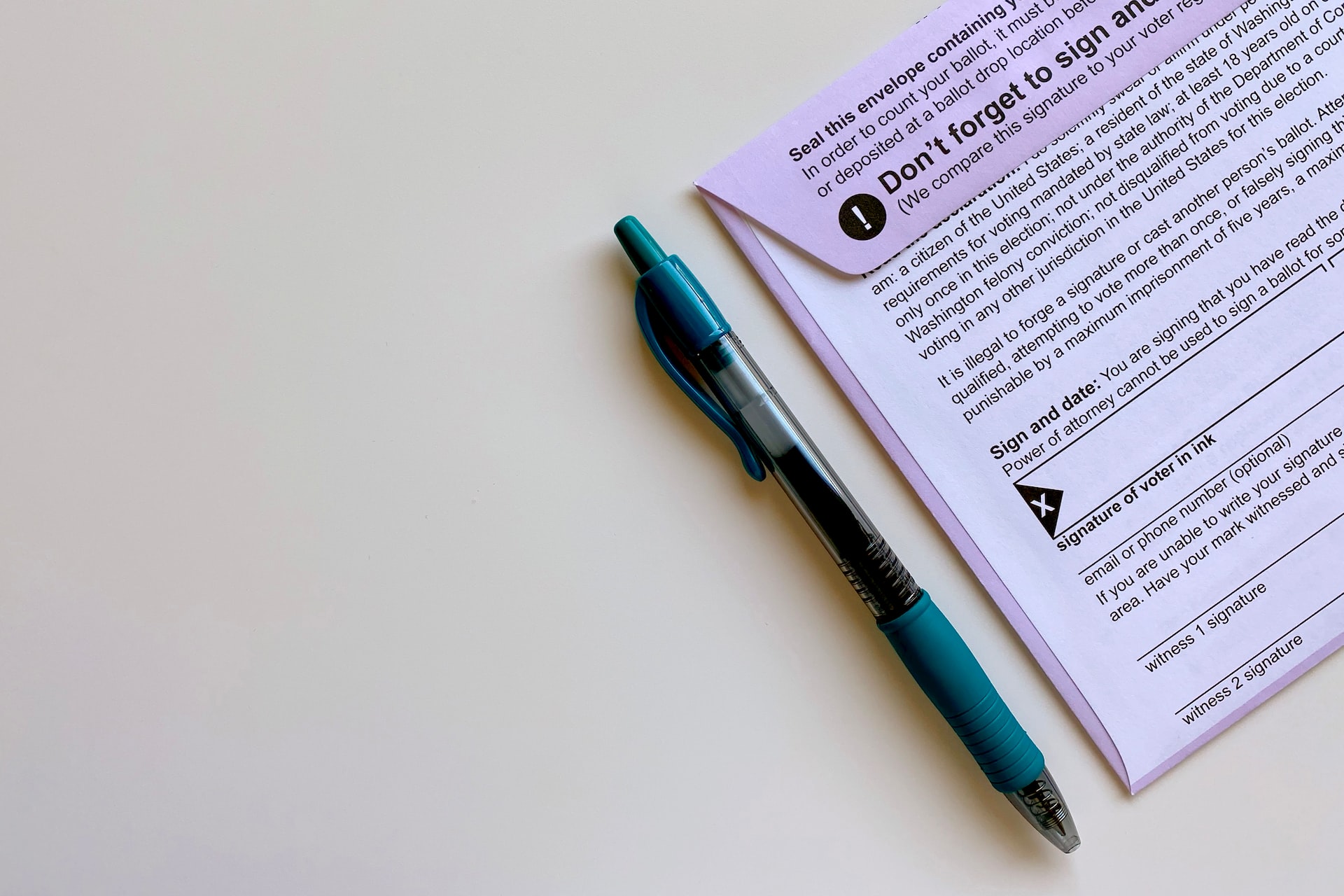‘Tis the season to break out your fall sweaters, try that new pumpkin bread recipe and make sure your voter registration is up to date! Midterm elections are in full swing, and outreach groups are working to encourage high voter turnout, similar to 2020. In particular, young voters are expected to have a large influence over the outcomes of Colorado’s elections.
Despite stereotypes that cast young voters as a flaky, unreliable voter base, turnout records in Colorado tell a different story. The Center for Information and Research on Civic Learning and Engagement (CIRCLE) at Tufts University lifts up this narrative with supporting data and research. CIRCLE collects data on youth voter registration and participation in elections, and uses their data to demonstrate where young voters hold influence.
Collecting Data on Youth Voter Engagement
Youth disenfranchisement with voting serves as a driving force behind CIRCLE’s work. Their research adds evidence to demonstrate the power of the youth vote.
“There are many misconceptions about young voters: they don’t turn out, they’re apathetic, they don’t really matter when it comes to elections. Having the data to show that’s not true can help dispel some of those myths. That’s important to shift the narratives and the culture about young people and democracy,” said Alberto Medina, Communications Team Lead at CIRCLE.
According to data from CIRCLE, Colorado youth have some of the highest voter turnout rates nationwide, ranking third in 2018 and 2020. Medina noted that Colorado’s accessible approach to running elections and providing voter resources plays a large factor in youth turnout. Automatically mailing ballots to registered voters strengthens youth turnout in Colorado.
“One reason Colorado’s youth participation rates tend to be so good is the excellent facilitative election laws in the state, which research has found can correlate with higher youth registration and voting rates,” said Medina.
Your Vote Matters. Yes, You.

Photo by Adrienne Thomas
To track and report on youth voter engagement and turnout, CIRCLE developed the Youth Electoral Significance Index (YESI). The YESI takes over a dozen types of data into account to provide the most comprehensive estimate of youth voters’ influence among gubernatorial (governor’s) and congressional races.
Within this year’s YESI data, Colorado youth voters rank among the highest in the nation for the impact they will have in two major contests: Colorado House District 8 and U.S. Senate. Since CO-8 is a brand new district, the race is set to be highly competitive between the leading candidates. Medina noted that such a tight race could be decided by the youth vote.
In publishing the YESI, it’s clear that Colorado voters are a strong voice in shaping electoral outcomes. CIRCLE’s YESI demonstrates the influence young voters have in Colorado’s elections. This data can be interpreted and harnessed by campaigns, advocacy groups and individual voters looking to find meaningful ways to engage with eligible voters in the state.
“Misconceptions about youth not caring or mattering can become self-fulfilling prophecies and fuel vicious circles that lead to lack of engagement; a big part of our work is showing that young people have power in our politics,” said Medina.
Expanding Outreach
Medina noted that CIRCLE’s research is meant to serve as a tool for advocates looking to increase voter participation. It can be used by individuals looking to convince friends or family to participate in elections, or to inform where organizations dedicate their resources to community outreach. He emphasized the rise in young people themselves working to turn out the youth vote statewide.
“Young voters in Colorado should understand that they have power, at the ballot box and beyond. However, they should also understand that none of this is a given. It depends on the work of campaigns, organizations, and leaders to reach and engage youth. That includes young people themselves: in recent years our research has tracked big increases in young people talking to each other about politics, doing voter registration work, volunteering for campaigns, etc. That peer-to-peer outreach and youth-led work is a big part of youth voter engagement,” said Medina.
Regarding increasing voter turnout in Colorado, Medina noted there’s still work to be done. Young voters still encounter barriers to participation, which can intersect with someone’s identity and circumstance, including race, ethnicity, education and gender identity.
“Young Coloradans can play a role here too by making sure their political outreach work isn’t just about reaching, for example, a white student on a four-year college campus, but a young Latino who may be out of school and out of the workforce and doesn’t have a lot of institutional support to learn about elections and participate in civic life. That’s where a lot of the work needs to happen,” said Medina.


